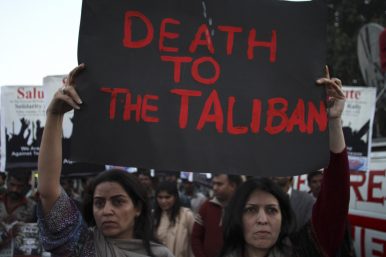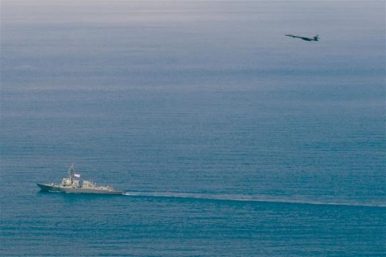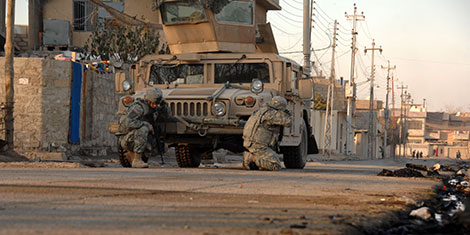HUSAIN HAQQANI
 Pakistan’s ideology has not really enhanced its functionality even if it helped its first generation get through the transition of seeing themselves as Pakistanis. A favourable international environment, specifically Pakistan’s cold war alliance with the West, enabled the country to sustain hostility towards India and to justify its Islamic orientation as a barrier to communism. The current dependence on China might pay for anti-Indianism for a few more years but is unlikely to help Pakistan overcome its fundamental contradictions.
Pakistan’s ideology has not really enhanced its functionality even if it helped its first generation get through the transition of seeing themselves as Pakistanis. A favourable international environment, specifically Pakistan’s cold war alliance with the West, enabled the country to sustain hostility towards India and to justify its Islamic orientation as a barrier to communism. The current dependence on China might pay for anti-Indianism for a few more years but is unlikely to help Pakistan overcome its fundamental contradictions.







/arc-anglerfish-arc2-prod-mco.s3.amazonaws.com/public/DNJVIY6XG5CXDCMQDZA3MAB5DM.jpg)
